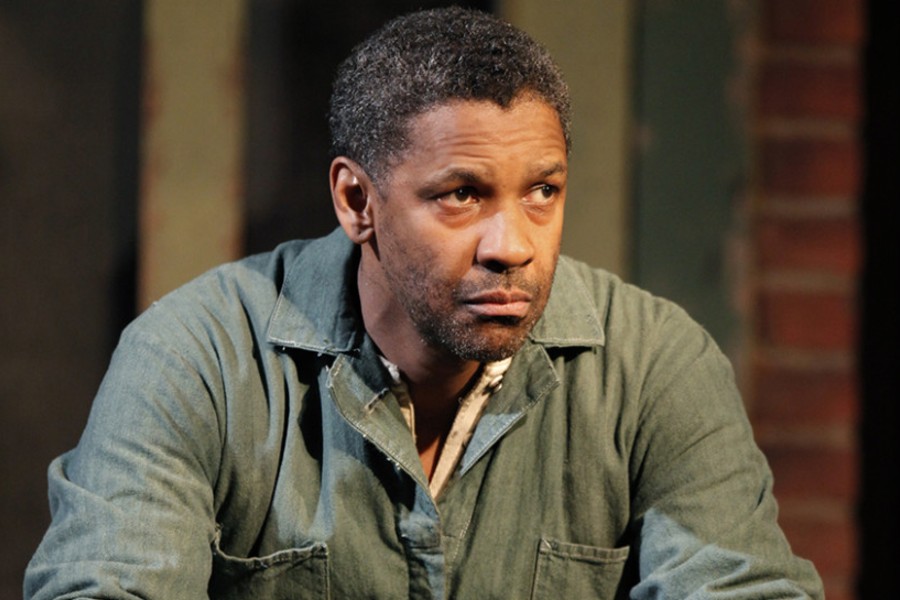The Dance 2.0 Series Studio Showings culminated on November 4, 2010 with a performance of two of three commissioned new works and an excerpt from the Dance Theatre of Harlem Ensemble. Over a four-week period elements of the choreographic process were shared with an audience consisting of balletomanes and local residents. This final studio showing presented the first draft of completed works, and also served as a platform to heralded the rebirth of the Dance Theatre of Harlem. The series not only provided greater insight the choreographic process, but it was also a preview into the exciting new direction of the company.
In her opening remarks Artistic Director Virginia Johnson reiterated to the standing room only audience that this was the first step in reestablishing the company. Johnson affirmed spring 2013 as the projected date for the premiere of the Dance Theatre of Harlem. She also explained the important role both new choreographic works and the ensemble would play towards that goal.
As a performing artist Johnson tackled roles requiring more than technical proficiency. From Lizzie Borden to Giselle Ms. Johnson intuitively searched for the pathos of the role, which required research and an attention to detail. She brings this methodology to her role as Artistic Director.
Our present culture dictates gratification must be immediate, and success overnight. The concept of the craftsman, the artisan has become outdated. Unfortunately reverence and respect for the creative process has been replaced by mass appeal cookie cutter solutions.
Art takes time. It takes time for the artist to develop, refine and most important edit. The more honest the expression the more it demands of the public. Throughout history art has oft times proven to be an acquired taste.
Martha Graham so aptly stated, “No artist is ahead of his time. He is his time; it is just that others are behind the times.” The mainstream often needs time to broaden its horizon and develop a sensibility. This newfound sensibility results in a deeper aesthetic understanding, which in turn precipitates artistic and social change. Seeing past the limits of the present perception explains why artists have been visionaries and their art engines for social reform.
Read the early reviews of George Balanchine’s post World War II masterworks. These works were considered austere, and were not initially well received. Slowly over the course of the two or three seasons the public began to appreciate this new voice and direction. I wonder if these innovative and trailblazing standard bearers were premiered today would they have survived?
Darrell Grand Moultrie was given the task of creating an inspirational work that would satisfy both the ballet enthusiast and the newcomer. The work was a well-crafted tour de force pas de duex that has the potential to inspire and enthrall. Moultrie challenged the dancers to use a vocabulary that encompassed ballet technique and a theatrical freedom, which conjured images of an era when artistry superseded sheer virtuosity.
Helen Pickett achieved her initial objective of creating a contemporary ballet that infused seamless technique and gesture. The resulting work created a dramatic tension that was void of a saccharine storyline or obligatory gender stereotypes. The work was a gentle and quite satisfying conversation driven by tactile induces actions and reactions.
The Dance Theatre of Harlem Ensemble presented Choreography for 16 Legs by choreographer David Fernandez. Set to the music of Moritz Moszkowski the work had an uncluttered and focused musicality and proved to be an excellent showcase for the eight dancers (and sixteen legs). Ashley Murphy was a standout; her long limbs, clean lines, effortless jumps and effervescent stage presence distinguished her from the rest of the cast.
The fourth and final studio showing was really the beginning and not the end. It is clear that the two duets are in their early stages of development. Johnson informed us that the works have two years to develop for the company repertory. We look forward to seeing these works, and the work of Robert Garland (the third choreographer whose work was not seen), at the next stage of the process.
We applaud this approach and the transparency of the process it is time well invested. Sunday Matinee is the next in-house event it will take place on December 12, 2010. For more information about upcoming events and to view video on the works mentioned in this article log on to the Dance Theatre of Harlem website at www.dancetheatreofharlem.org.
In Photo: 1) Misty Copeland and Matthew Rescott 2) Virginia Johnson 3) Virginia Johnson , Lowell Smith and cast 4) Arthur Mitchell and Allegra Kent 5) Ashley Murphy*
*Photo Credit: Joseph Rodman
Related articles

Become a Harlem Insider!
By submitting this form, you are consenting to receive marketing emails from: . You can revoke your consent to receive emails at any time by using the SafeUnsubscribe® link, found at the bottom of every email. Emails are serviced by Constant Contact



























